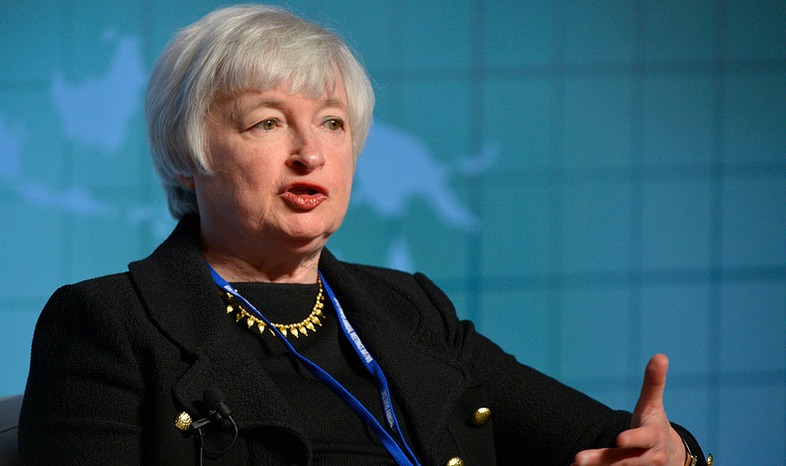 Author: Bill DeShurko, 401 Advisor
Author: Bill DeShurko, 401 Advisor
Covestor model: Dividend and Income Plus
Disclosure: Long VALE
A common view in investing is that “conservative” somehow equates with “buy and hold”, and the corollary to that is that trading equates to higher risk. One of my recent portfolio additions, Brazilian minerals and mining concern Vale S.A (VALE), was down 35% last year. Hardly the type of stability one would expect from a “dividend’ strategy. And an example of why, in my opinion, an active preplanned strategy is the key to managing portfolio risk. I honestly can’t think of any investment that I would consider ‘low risk” on a buy and hold basis. The world changes. Businesses change. Politicians change. Therefore portfolios need to change.
So why add a stock with Vale’s volatility to accounts in which retirees’ are counting on the dividends to last at least for their lifetime? Timing. In 2011 Vale opened the year at a share price of $34.92. With the benefit of hindsight, Zacks reported their actual 2011 earnings at $4.36 per share which means that Vale started 2011 with a reasonable P/E of 12.5. But looking closer, earnings went from $1.28 to $0.90 per share from the first to the last quarter of 2011. Assuming estimates accurately foresaw that earnings decline of 30%, a 35% drop in stock price was a reasonable reaction. The question is, “Will Vale continue to drop in 2012” or is this an opportunity to capitalize on the stocks volatility?
I am relying on investor psychology as well as a look at fundamental valuations. First, while uncovering Vale as a dividend stock wasn’t easy (see this story) most investors who did own the stock for its dividend must have certainly bailed after suffering a 30% loss in 2011. Even for more aggressive investors looking at Vale, one must take into account the possibility of a global slowdown, especially from China, currency risks, and political risks from the Brazilian government. All reasons to sell and drive down the price.
But my argument is this: based on Vale’s estimated earnings for 2012, according to Zacks, earnings are expected to be $3.75 per share. At its opening price for 2012 of $22.62 that gives a beginning of the year P/E of 6.7. And a P/E of 6.85 at its current price of $25.68 (close 3/2/2012).
More importantly earnings are expected to increase 23% from the first quarter of 2012 to the last quarter of 2012. Even if you annualize the first quarter of 2012 earnings estimate of $0.81 per share, the P/E is only 7.81. So on earnings that are estimated to be 37% below a year ago earnings, Vale is still trading at half the P/E of the S&P 500. And while we all know stocks can always go lower, I like a cushion of a 50% discount to the market based on forward P/E, and the likelihood of a nice dividend and a solid capital gain if the wheels don’t come off the proverbial global economic bus.
Which brings up my last point: Vale is not a “buy and hold” put in a lockbox and throw away the key type of holding. It will hopefully prove to be an “opportunistic” holding. If projected earnings are realized, and its price and P/E follow back up to be more in line with the overall market, then it is way too volatile for my comfort to hold onto, after a nice capital gain and dividend stream. In the meantime I will certainly be watching for any holes in my thesis.



